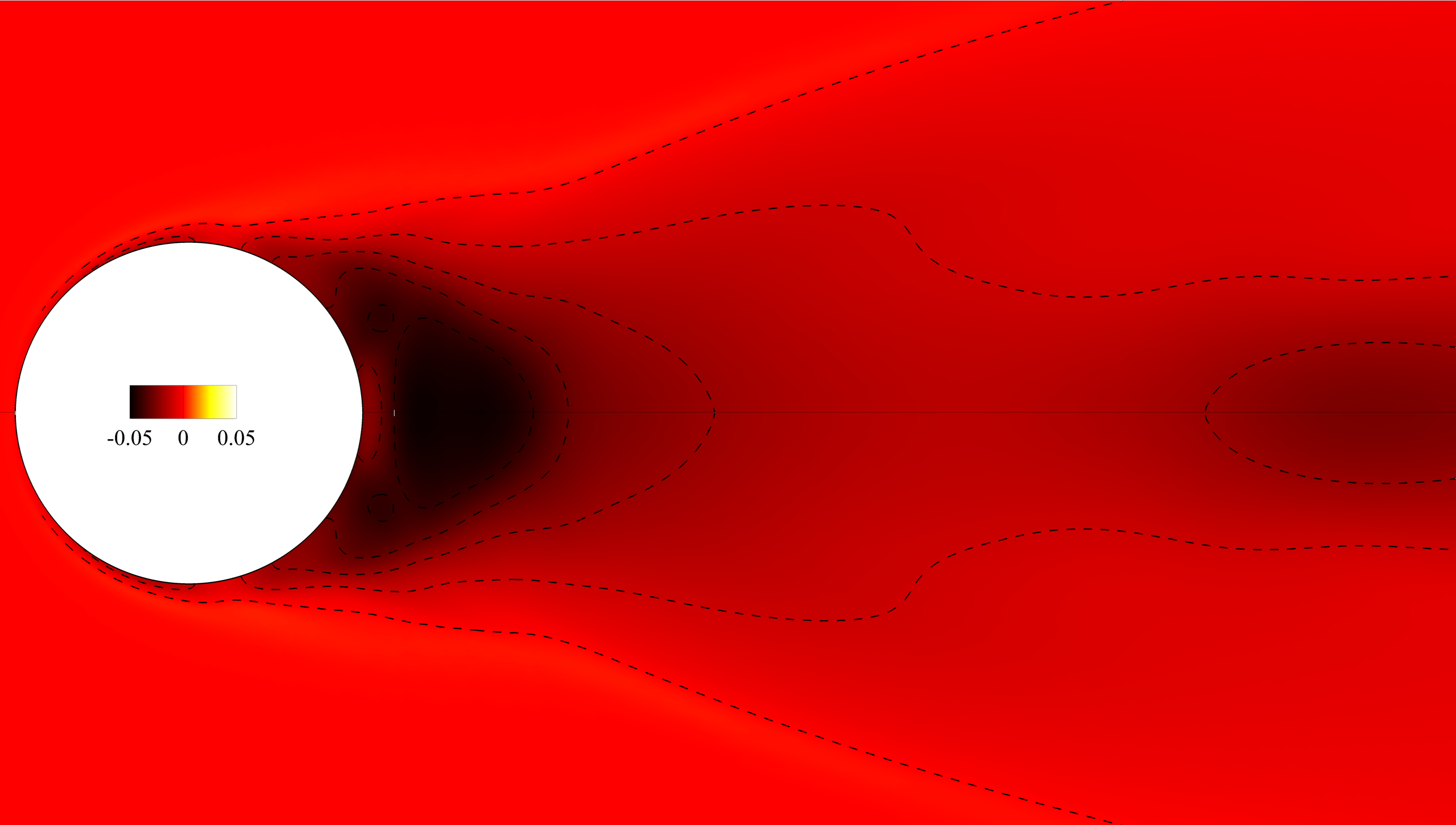

The machine-free energy separation of a gas flow is its conversion into two output flows with significantly different stagnation temperatures without external heat supply and work done. Well-known examples of machineless energy separation devices are the Rank-Hilsch tube and the Leontiev tube (see the gallery below).
Devices of the first type are based on the vortex effect in a specially organized flow in a cylindrical chamber, which occurs as a result of the interaction of swirling flows being oppositely directed in the central part of the pipe and on the periphery. Even though the effect was discovered in the late 20s of the last century, the issue of improving the effectiveness of such devices is the subject of many modern studies.
Energy separation in devices of the second type occurs due to heat exchange between gas flows that have significantly different velocities. The gas flowing into the pipe is divided into two streams by a thin cylindrical partition. The gas in the central part of the pipe is accelerated to supersonic speed, while the stagnation parameters of both flows remain the same. Since the recovery temperature for a sub- and supersonic flow differs significantly for a heat-insulated wall, heat exchange between the flows occurs in the case of a heat-conducting cylindrical separation wall, resulting in a change in the stagnation temperature. The advantage of the second type of scheme is a small loss of total pressure.
From the law of energy conservation
The manifestation of all these mechanisms near solid boundaries and in a free flow is studied by the example of canonical problems such as flow around cylindrical bodies.


In the wake behind a body, one can distinguish two areas of reduced values of the time-averaged total enthalpy
Fundamental research being conducted is devoted to the analysis of the mechanisms of energy stratification in the flow in order to improve the efficiency of energy separation devices, as well as the study of new schemes for energy redistribution.
Related publications: [A.I. Aleksyuk, JFM, 2021; A.I. Aleksyuk, IJHMT, 2019; A.I. Aleksyuk, A.N. Osiptsov, IJHMT, 2018]
| The research was supported by the Russian Science Foundation |  |